Yes, dirt can be used as a cheap and easy but there are some considerable downsides that are important to know about.
Using dirt as litter can expose your cat to infections and diseases and it does not offer some of the key benefits of other cat litter materials such as odor control or clumping.
Will My Cat Like Using Dirt As Cat Litter?
Yes, many cats will like using dirt as cat litter because it is natural.
It mimics what cats’ predecessor would’ve used and is something that most cats will take to naturally.
Outdoor cats often so digging around in dirt shouldn’t be a problem at home either.
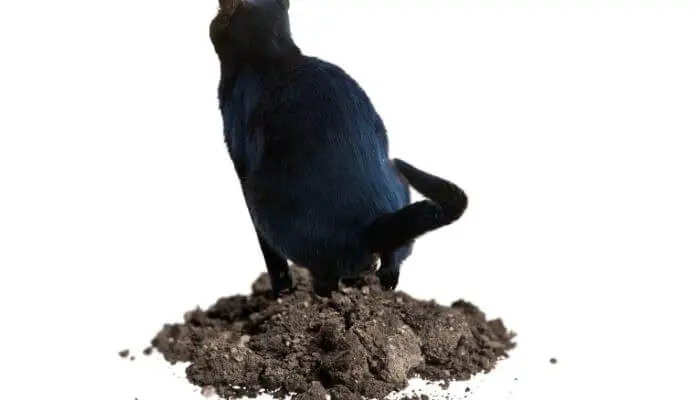
Unlike some store-bought litter, dirt also won’t have a synthetic or strong smell which is something that can deter cats from using their litterboxes.
The natural scent will make this litter more appealing to use.
Is It Safe To Use Dirt As Cat Litter?
No, using dirt can be a safety concern because it risks exposing your cat to parasites, diseases, and viruses.
If your cat is then you could be bringing in parasites etc. and exposing your cat to potentially dangerous things they wouldn’t be exposed to otherwise.
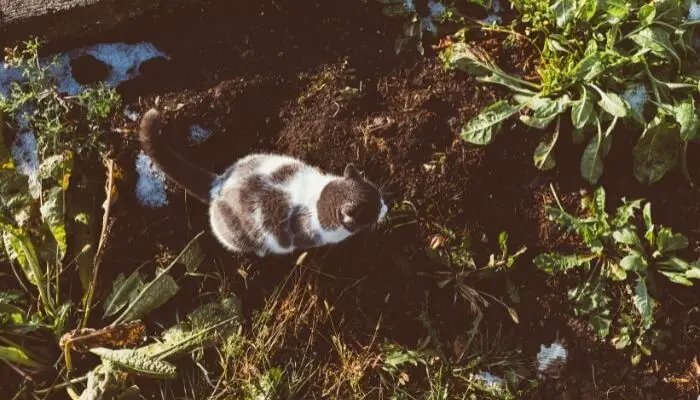
Where the dirt comes from and how it has been packed/ processed will impact how “safe” the dirt is to use.
No dirt is going to be 100% risk-free.
With that said, safety isn’t going to be as much of a concern if your cat already spends time outside and or dirt outside as a litter box.
In that case, bringing some of that dirt inside isn’t going to be too much of a problem.
Dangers Of Using Dirt
When using dirt as cat litter there is a risk of exposing your cat to parasites and disease. Most notably; toxoplasmosis and feline panleukopenia.
Toxoplasmosis
is a disease caused by a parasite called T. gondii.
This is a common parasite that is commonly contracted by consuming meat that is infected.
However, this parasite can also be found in soil, and using dirt as litter increases the risk of your cat contracting this disease.
Toxoplasmosis can survive for several months in soil and the disease is much more common in outdoor cats.
are a key place where toxoplasmosis can spread from.
When bringing soil in from outside, there is a risk of this soil containing infectious toxoplasma.
Feline Panleukopenia
(FPV) is a highly contagious parvoviral infection that can be transferred via contaminated items such as shoes, bowls, and water, and can survive on soil for more than a year.
Therefore, bringing soil into the home does mean there is a risk of bringing this virus inside and exposing your cat to it.
There are vaccines available for panleukopenia so it is extremely important your cat is vaccinated against the virus and the vaccines are kept up to date.
The Benefits Of Using Dirt
Using dirt as cat litter does have a number of benefits including:
1. It’s Cheap (Or Free)
Dirt is cheap and it may even be free if you are collecting it from your own garden.
It, therefore, offers a cost-effective solution compared to .
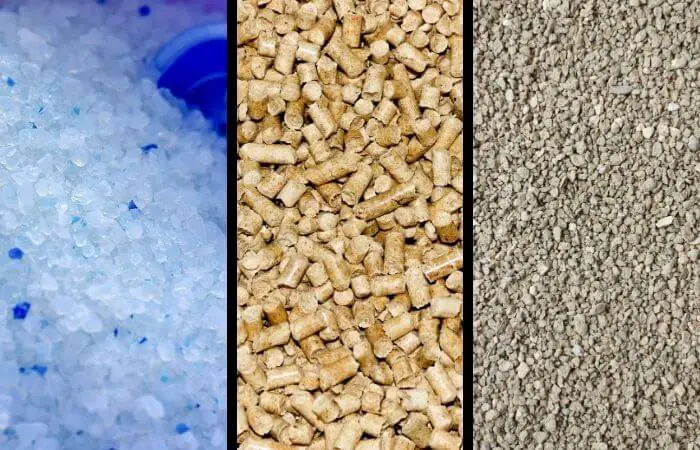
This means it could be a good option if you are having some financial troubles or need a short-term cat litter solution.
However, the cost savings do not outweigh the downsides and risks of using dirt.
If you are buying the dirt then it probably isn’t as cheap as you may expect.
There are some low-cost cat litter options available such as recycled paper, these options may be worth considering instead of dirt.
2. It’s Easily Available
Dirt is easily available, you may be bringing it in from your own garden or buying it in large bags at the shop.
Either way, you can get it easily and you can often get a large amount of dirt without spending much money.
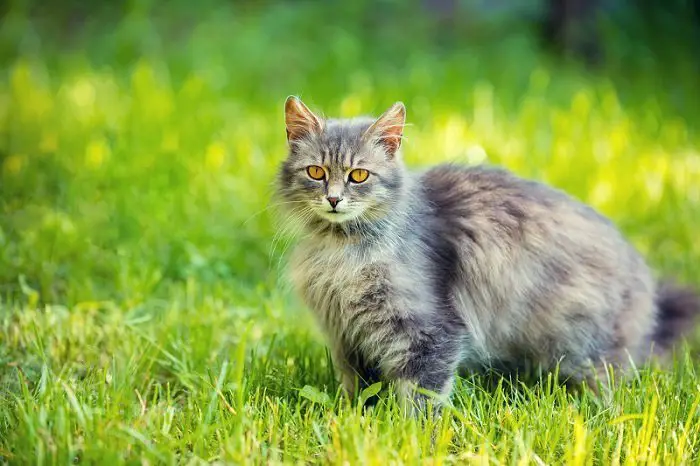
It is a good job you can get a lot of dirt easily as the cat litter tray will need emptying regularly.
When using dirt, it will need to be completely emptied and refilled at every clean as the dirt won’t clump, it’ll just absorb the mess.
This means you can’t do small spot-check cleans like you would with clumping litters.
The Cons Of Using Dirt
There are a few other downsides to using dirt that we haven’t mentioned yet.
Cat owners will notice these differences almost immediately if they decide to try using dirt as cat litter.
Using dirt is messy, starts to smell quite quickly and you will need a lot of it to keep up with the regular full cleans.
1. It Is Very Messy
Firstly, using dirt as cat litter is very messy.
Your cat is going to end up with dirt on their paws and fur and this will be tracked around the house when they leave the litter box.
Dirt also contains a whole host of other organic matter that you don’t really want in your home. Not to mention how hard it is to get out of carpets once it has been walked in.
2. No Odor Control
Secondly, dirt doesn’t have the odor masking abilities of most cat litters.
This means it is not going to control the odor or mask the smells and the litter box is going to need to be cleaned more often.
If you use dirt as cat litter you will probably need to find alternative ways of controlling the smells.
Dirt is also heavy so having to pick up the litter box, empty it, clean it, and refill it will be more physically straining than when dealing with lighter litter materials.
3. No Clumping
Finally, the litter box will need to be constantly emptied and changed because the dirt doesn’t clump but will absorb the urine.
This means it will all need to be scooped out and changed at every clean.
This makes the dirt harder to deal with and messier.
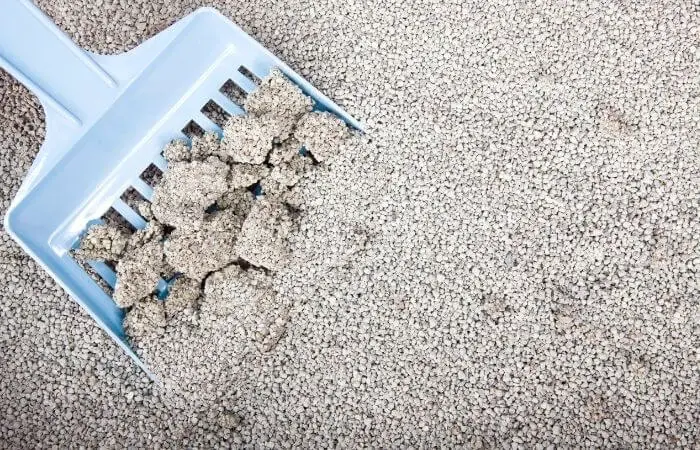
There is a wide range of cat litters available and they each vary to suit different needs.
If you take a look at what’s available you should be able to find a few options that are economical, safe, and natural.
These options may be better suited to your cat (and your home) than dirt.
Dirt comes with a range of potential problems so it’s best to compromise and find a natural cat litter that is safe and offers a cleaner solution.

